Filter by
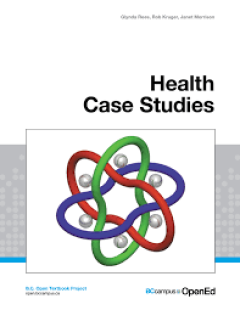
Health Case Studies
Health Case Studies is composed of eight separate health case studies. Each case study includes the patient narrative or story that models the best practice (at the time of publishing) in healthcare settings. Associated with each case is a set of specific learning objectives to support learning and facilitate educational strategies and evaluation.
- Edition
- -
- ISBN/ISSN
- -
- Collation
- -
- Series Title
- -
- Call Number
- 613 REE h

Beverage Consumption Habits around the World : Association with Total Water a…
Fluid intake has barely been assessed, and hydration status has only rarely been measured in epidemiological studies. This hampers attempts to assess the adequacy of water intake at a population level. However, although guidelines have been established to determine how much water humans require to avoid dehydration and to optimize physical and psychological function, limited data are available …
- Edition
- -
- ISBN/ISSN
- 978-3-03842-635-6
- Collation
- -
- Series Title
- -
- Call Number
- 610 BEV

Cadmium Sources and Toxicity
Cadmium (Cd) is an environmental toxicant of continuing public health concern worldwide, because total diet studies have shown that Cd is present in virtually all foodstuffs. Consequently, foods that are frequently consumed in large quantities, such as rice, potatoes, wheat, leafy salad vegetables, and other cereal crops, are the most significant dietary Cd sources. Moreover, Cd has chemical pr…
- Edition
- -
- ISBN/ISSN
- 978-3-03897-985-2
- Collation
- -
- Series Title
- -
- Call Number
- 610 CAD
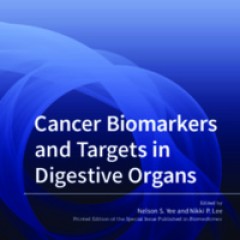
Cancer Biomarkers and Targets in Digestive Organs
Identification and development of cancer biomarkers and targets have greatly accelerated progress towards precision medicine in oncology. Studies of tumor biology have not only provided insights into the mechanisms underlying carcinogenesis, but also led to discovery of molecules that have been developed into cancer biomarkers and targets. Multi-platforms for molecular characterization of tumor…
- Edition
- -
- ISBN/ISSN
- 978-3-03921-464-8
- Collation
- -
- Series Title
- -
- Call Number
- 610 CAN
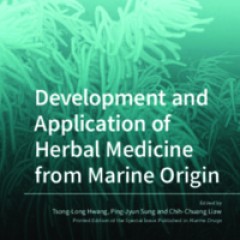
Development and Application of Herbal Medicine from Marine Origin
Marine herbal medicine generally refers to the use of marine plants as original materials to develop crude drugs, or for other medical purposes. The term ‘marine plants’ usually denotes macroalgae grown between intertidal and subintertidal zones, including Chlorophyta, Phaeophyta, and Rhodophyta. Considerable progress has been made in the field of biomedical research into marine microalgae …
- Edition
- -
- ISBN/ISSN
- 978-3-03921-222-4
- Collation
- -
- Series Title
- -
- Call Number
- 610 DEV
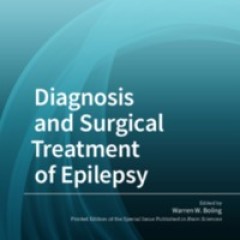
Diagnosis and Treatment of Thoracic Outlet Syndrome
Thoracic outlet syndrome (TOS) is a spectrum of disorders resulting from the compression of the neurovascular structures within the thoracic outlet. The three main subtypes of TOS are defined by the anatomic structure affected by the extrinsic compression. In the most common subtype—neurogenic TOS—the brachial plexus is compressed and symptoms include pain, arm paresthesias, and sometimes w…
- Edition
- -
- ISBN/ISSN
- 978-3-03897-025-5
- Collation
- -
- Series Title
- -
- Call Number
- 610 DIA

Charting Spiritual Care : The Emerging Role of Chaplaincy Records in Global H…
This open access volume is the first academic book on the controversial issue of including spiritual care in integrated electronic medical records (EMR). Based on an international study group comprising researchers from Europe (The Netherlands, Belgium and Switzerland), the United States, Canada, and Australia, this edited collection provides an overview of different charting practices and expe…
- Edition
- -
- ISBN/ISSN
- 978-3-030-47070-8
- Collation
- XV, 232 halaman
- Series Title
- -
- Call Number
- 610 CHA

Zoonoses - Infections Affecting Humans and Animals Focus on Public Health As…
The book will cover the most important zoonoses with a public health impact and debate actual developments in this field from a One Health perspective. The outline of the book follows a “setting” approach, i.e. special settings of zoonoses with a public health aspect, rather than presenting a simple textbook of an encyclopedic character. Main chapters will deal with zoonoses in the food cha…
- Edition
- -
- ISBN/ISSN
- 978-94-017-9457-2
- Collation
- -
- Series Title
- -
- Call Number
- -
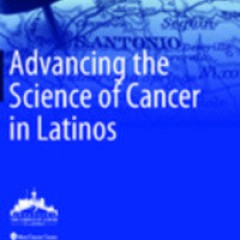
Advancing the Science of Cancer in Latinos : Building Collaboration for Action
This open access book gives an overview of the sessions, panel discussions, and outcomes of the Advancing the Science of Cancer in Latinos conference, held in February 2018 in San Antonio, Texas, USA, and hosted by the Mays Cancer Center and the Institute for Health Promotion Research at UT Health San Antonio. Latinos – the largest, youngest, and fastest-growing minority group in the United S…
- Edition
- -
- ISBN/ISSN
- 978-3-031-14436-3
- Collation
- XVIII, 290 halaman
- Series Title
- -
- Call Number
- 610 ADV

TRP Channels in Health and Disease
Almost 25 years ago, the first mammalian transient receptor potential (TRP) channel was cloned and published. TRP channels now represent an extended family of 28 members fulfilling multiple roles in the living organism. Identified functions include control of body temperature, transmitter release, mineral homeostasis, chemical sensing, and survival mechanisms in a challenging environment.
- Edition
- -
- ISBN/ISSN
- 978-3-03921-083-1
- Collation
- -
- Series Title
- -
- Call Number
- 613 TRP
 Computer Science, Information & General Works
Computer Science, Information & General Works  Philosophy & Psychology
Philosophy & Psychology  Religion
Religion  Social Sciences
Social Sciences  Language
Language  Pure Science
Pure Science  Applied Sciences
Applied Sciences  Art & Recreation
Art & Recreation  Literature
Literature  History & Geography
History & Geography